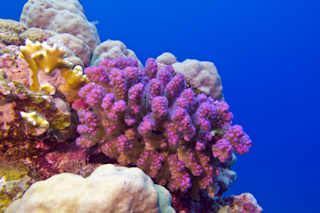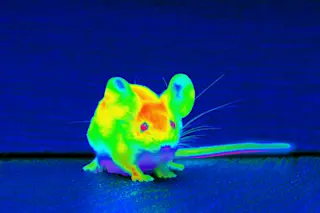Shaking a person’s hand is so routine it seems meaningless. But as it turns out, this gesture could be more than a social courtesy: it could be humans’ way of coming into contact with another person’s smells. Just about every mammal sniffs newcomers to find out who they are and where they’ve been – but for humans, an introductory sniff is clearly taboo. And yet, as a team led by Noam Sobel, Chair of Neurobiology at the Weizmann Institute of Science in Israel has just found, we may sniff out newcomers too – except that we do it on the down-low, by checking out the scents left behind by a handshake.
As anyone who lives with a dog or a cat knows, introductory sniffs play a major part in animal greetings. This has led many researchers to claim that humans also communicate with similar chemosignaling molecules. And while previous experiments ...













